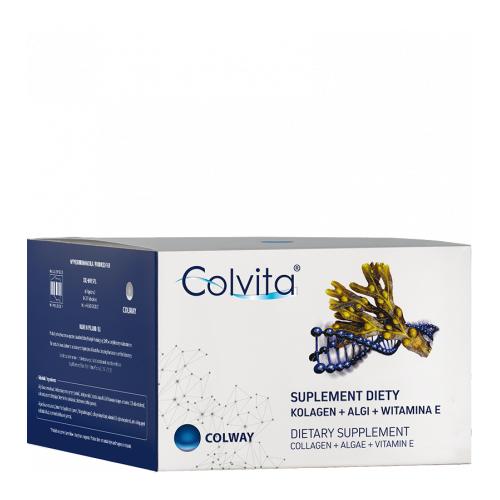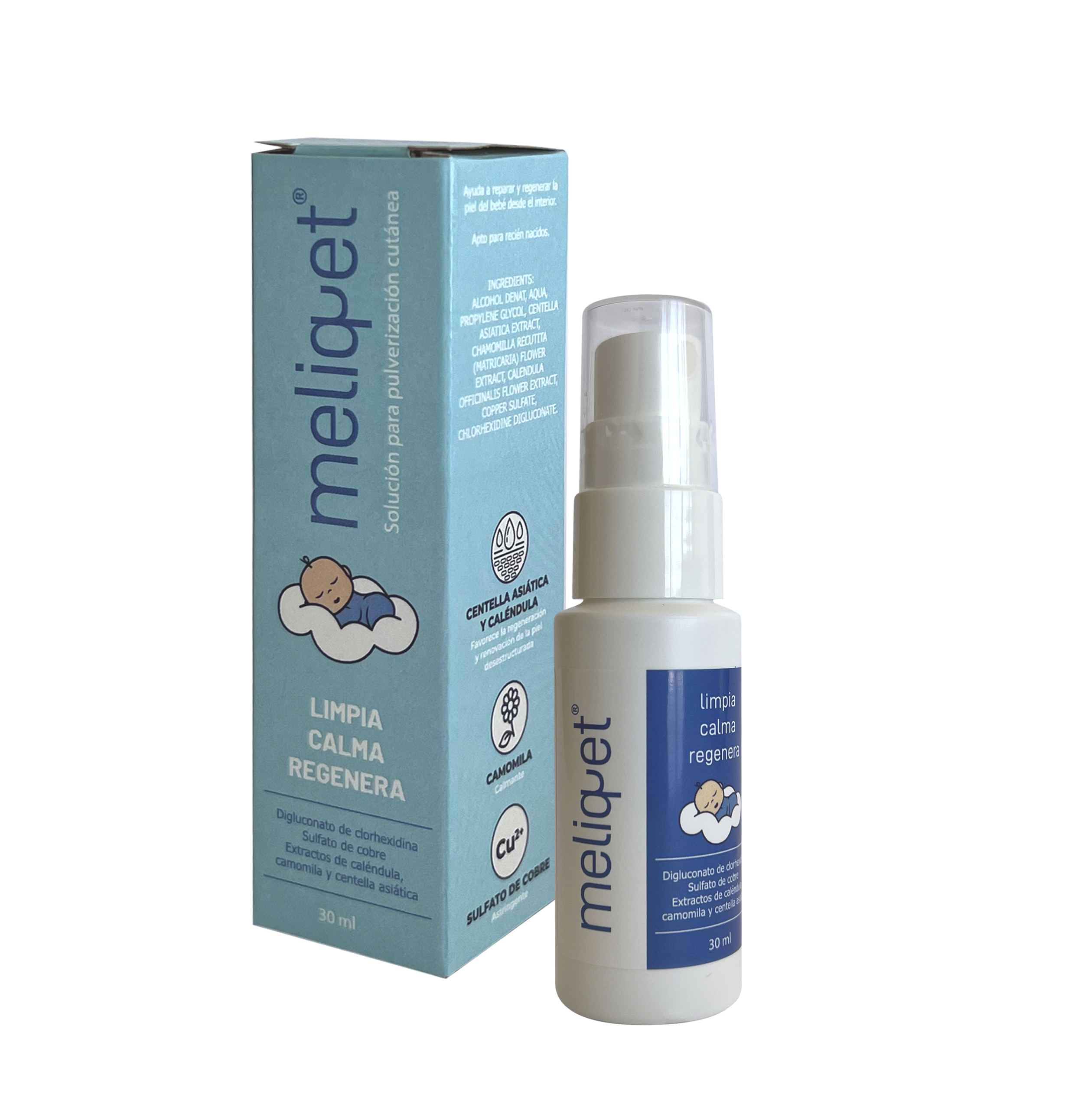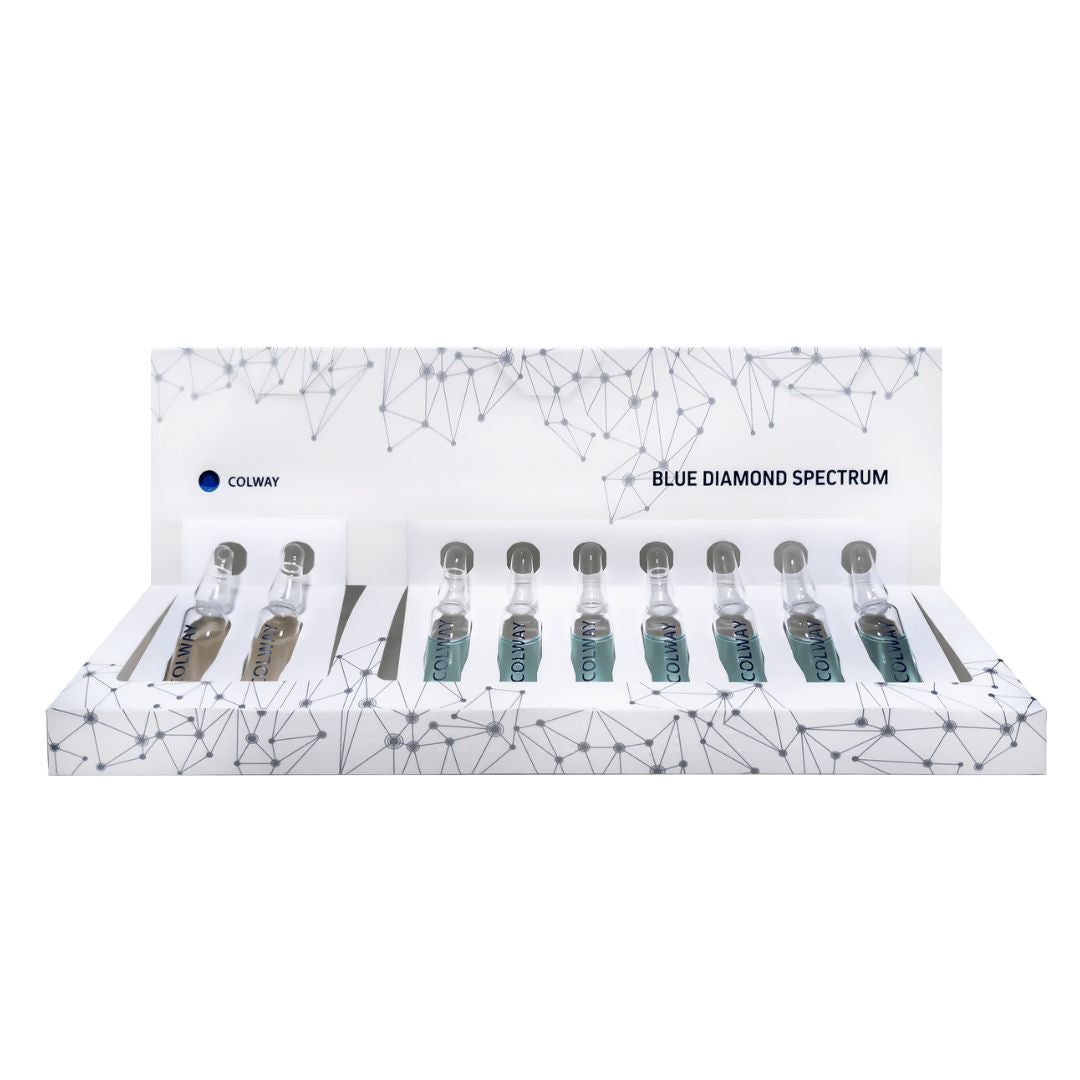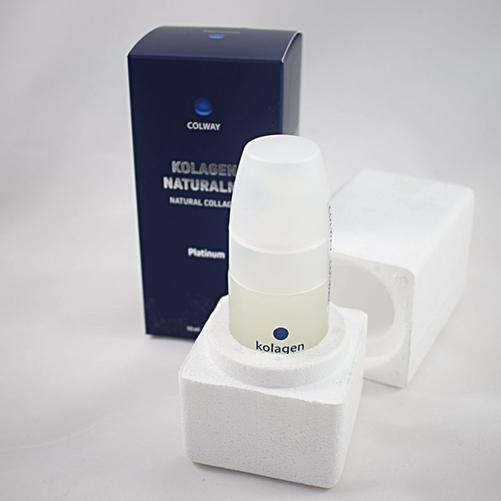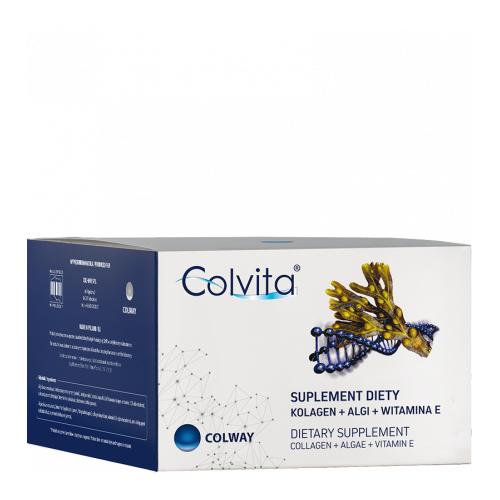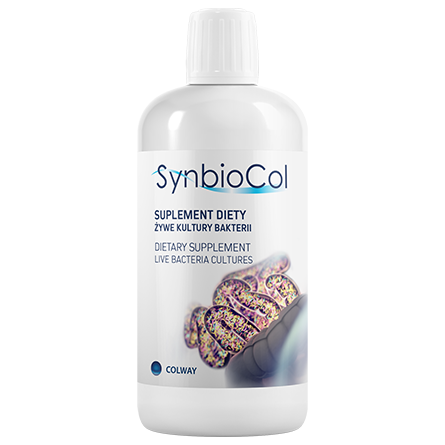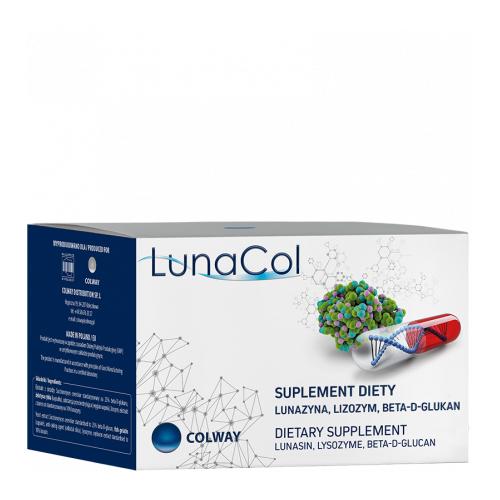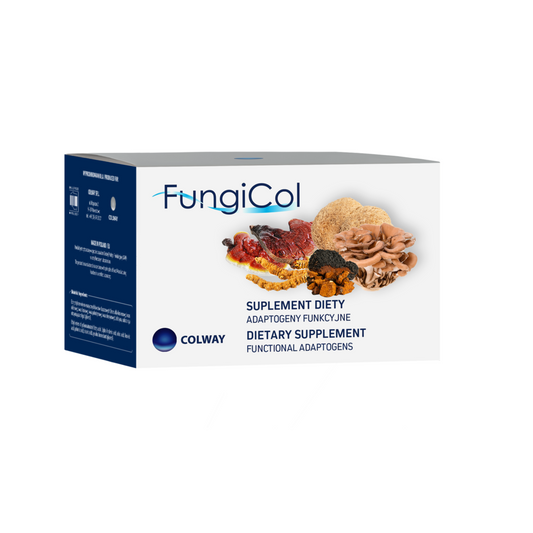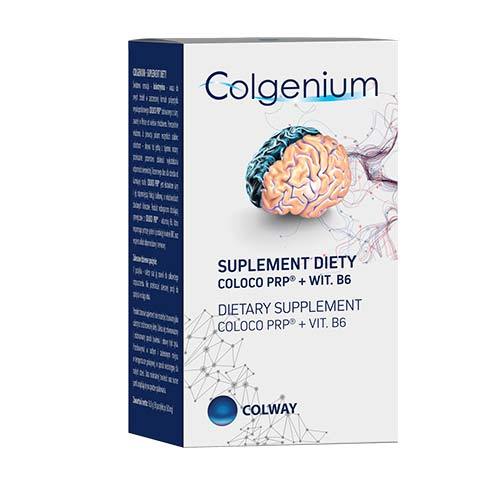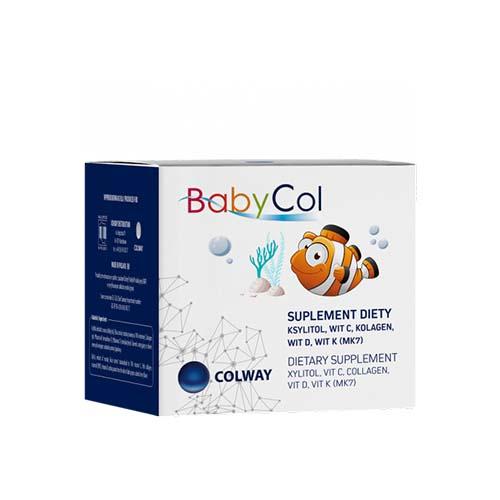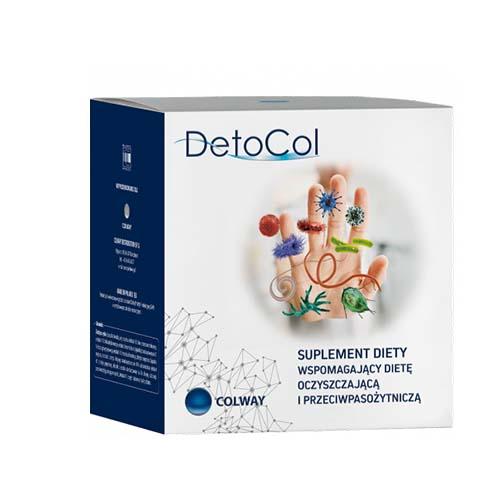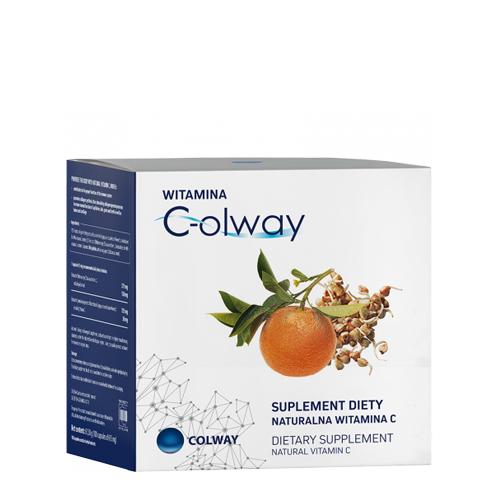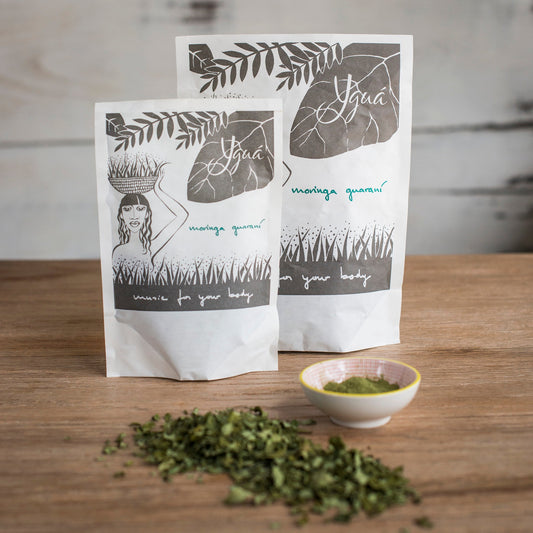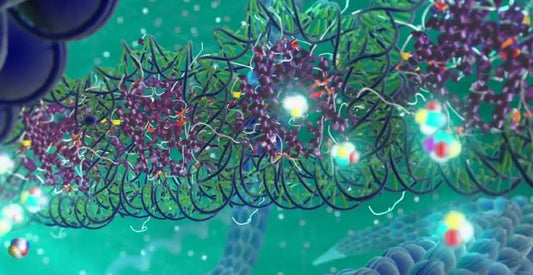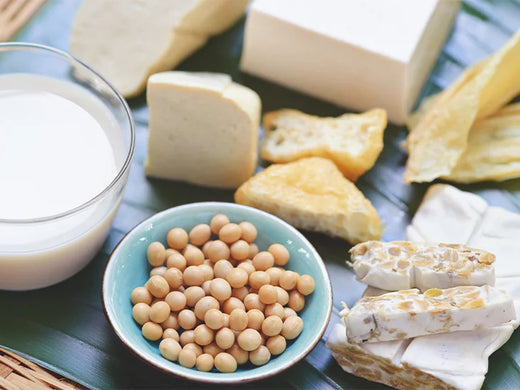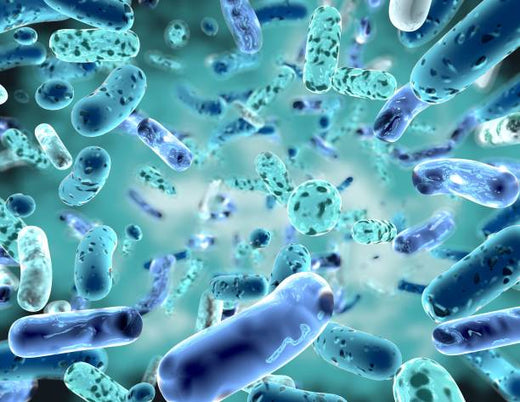Astaxanthin, an antioxidant powerhouse, emerges from Swedish micro-algae, Haematococcus Pluvialis, surpassing Vitamin C's potency by 6000 times. This article unravels the science behind its efficacy in improving cholesterol levels and explores its extraction process in Sweden.
What is Astaxanthin?
Astaxanthin is a naturally occurring pigment, responsible for the vibrant red hue in salmon and shrimp. Extracted from micro-algae, it serves as a potent antioxidant with remarkable health benefits.
Astaxanthin vs. Vitamin C: Unveiling the Potency
While Vitamin C has long been celebrated for its antioxidant prowess, Astaxanthin emerges as the true standout, stealing the spotlight with a potency that surpasses Vitamin C by an astonishing 6000 times. This section conducts a thorough comparative analysis, shedding light on why Astaxanthin's efficacy outshines that of Vitamin C.
Antioxidants play a pivotal role in neutralizing free radicals, unstable molecules that can cause cellular damage and contribute to various health issues. Vitamin C, commonly known for its antioxidant properties, has been a go-to supplement for supporting immune health and overall well-being. However, the potency of Astaxanthin takes the concept of antioxidant protection to an entirely new level.
Astaxanthin's superiority lies in its molecular structure, which enables it to traverse the cell membrane and span the entire lipid bilayer. This unique capability allows Astaxanthin to protect both the inner and outer layers of the cell membrane, offering comprehensive defense against oxidative stress. In contrast, Vitamin C primarily operates in the watery, cytoplasmic regions of the cell, limiting its reach and effectiveness.
Moreover, Astaxanthin demonstrates an exceptional ability to quench various types of free radicals, including singlet oxygen and hydroxyl radicals, which are particularly destructive. This versatility in tackling a broad spectrum of free radicals showcases Astaxanthin's comprehensive protective capabilities.
Scientific studies have substantiated Astaxanthin's potency, demonstrating its ability to outperform Vitamin C in terms of neutralizing oxidative stress and reducing markers of inflammation. This robust evidence underscores Astaxanthin's superiority and positions it as a top-tier antioxidant in the realm of nutritional supplements.
In essence, while Vitamin C remains valuable for immune support and other health benefits, Astaxanthin steals the limelight by offering a level of antioxidant potency that goes beyond conventional expectations. This section aims to elucidate the scientific basis for Astaxanthin's exceptional efficacy, providing readers with a compelling understanding of why it stands as a true powerhouse in the realm of antioxidants.
Benefits of Astaxanthin on Cholesterol Levels
Scientific studies confirm Astaxanthin's significant impact on cholesterol levels. This section explores the comprehensive benefits, focusing on its ability to reduce LDL-C (bad cholesterol) and triglycerides while elevating HDL-C (good cholesterol).
How Astaxanthin Reduces LDL-C and Triglycerides
Unraveling the intricacies of Astaxanthin's ability to lower cholesterol levels is paramount for anyone seeking a comprehensive grasp of its health benefits. The mechanism behind this prowess lies in Astaxanthin's potent antioxidant properties.
Astaxanthin, derived from micro-algae like Haematococcus Pluvialis, operates on a molecular level within the body. As a powerful antioxidant, it engages in a multifaceted approach to combat high levels of LDL-C and triglycerides.
Firstly, Astaxanthin actively inhibits the oxidation of LDL-C, preventing the transformation of these lipoproteins into their more harmful, oxidized form. By mitigating oxidative stress, Astaxanthin acts as a shield, safeguarding LDL-C from becoming a contributor to arterial plaque buildup.
Moreover, Astaxanthin exhibits anti-inflammatory properties, suppressing inflammatory processes that often trigger an increase in LDL-C. This dual-action of antioxidant and anti-inflammatory characteristics plays a pivotal role in reducing the overall burden of LDL-C in the bloodstream.
Additionally, Astaxanthin's influence extends to triglyceride levels. Scientific studies indicate that Astaxanthin modulates enzymes involved in lipid metabolism, leading to a decrease in triglyceride synthesis. By regulating these enzymatic activities, Astaxanthin helps maintain a healthier lipid profile.
Furthermore, Astaxanthin has been shown to enhance the activity of HDL-C, commonly known as the "good cholesterol." This dynamic interaction between Astaxanthin and cholesterol components contributes not only to the reduction of LDL-C and triglycerides but also to the promotion of a more balanced cholesterol ratio.
In essence, the scientific processes underlying Astaxanthin's cholesterol-lowering capabilities involve a sophisticated interplay of antioxidant, anti-inflammatory, and lipid metabolism-regulating mechanisms. Understanding these intricate processes provides a foundation for appreciating the profound impact Astaxanthin can have on cardiovascular health. As we delve deeper into the realm of scientific exploration, the potential of Astaxanthin as a natural solution for maintaining optimal cholesterol levels becomes increasingly evident.
Elevating HDL-C: The Positive Impact of Astaxanthin
Beyond its remarkable ability to lower LDL-C and triglyceride levels, Astaxanthin emerges as a versatile champion in promoting heart health by actively elevating HDL-C, commonly known as the "good cholesterol." This pivotal role in optimizing the lipid profile stems from Astaxanthin's multifaceted impact on various physiological processes.
Astaxanthin operates as a potent antioxidant, working to combat oxidative stress within the cardiovascular system. This oxidative stress not only contributes to the formation of arterial plaque but also hampers the functionality of HDL-C. By neutralizing free radicals and reducing oxidative damage, Astaxanthin ensures that HDL-C can fulfill its crucial role effectively.
Furthermore, Astaxanthin engages in a process known as reverse cholesterol transport. This mechanism involves the removal of excess cholesterol from peripheral tissues and its transport back to the liver for excretion. Astaxanthin enhances this process, facilitating the efficient clearance of cholesterol from the bloodstream.
Scientific studies have provided compelling evidence of Astaxanthin's positive impact on HDL-C levels. By promoting the production and function of HDL-C, Astaxanthin contributes to the removal of excess cholesterol from arterial walls, reducing the risk of atherosclerosis and coronary artery disease.
Moreover, Astaxanthin's anti-inflammatory properties play a pivotal role in supporting HDL-C function. Inflammation is a key factor in the impairment of HDL-C's ability to carry out its protective functions. Astaxanthin, by mitigating inflammation, ensures that HDL-C can operate optimally, contributing to its role in preventing cholesterol buildup in blood vessels.
In essence, Astaxanthin's influence on HDL-C levels is a testament to its comprehensive cardiovascular benefits. By enhancing the antioxidant defenses, facilitating reverse cholesterol transport, and combating inflammation, Astaxanthin not only lowers the harmful LDL-C but also promotes the functionality of the beneficial HDL-C. This dual-action makes Astaxanthin a standout natural compound in the pursuit of maintaining a balanced and healthy lipid profile for overall cardiovascular well-being.
Pure Astaxanthin from Swedish Micro-Algae
The source matters when it comes to Astaxanthin's purity. This section explores the extraction process from Haematococcus Pluvialis, highlighting the Swedish advantage in producing high-purity Astaxanthin.
Haematococcus Pluvialis: The Source of Purity
The purity of Swedish Astaxanthin is intricately tied to its exclusive source – the micro-algae known as Haematococcus Pluvialis. This particular strain of micro-algae possesses unique characteristics that set it apart, contributing significantly to the unparalleled quality of Astaxanthin extracted from it.
Haematococcus Pluvialis thrives in the pristine conditions of Swedish environments, and it is precisely these conditions that play a pivotal role in ensuring the purity of the Astaxanthin derived from it. The micro-algae undergoes a meticulous cultivation process, benefiting from the clean and nutrient-rich waters of Sweden.
One of the distinguishing features of Haematococcus Pluvialis is its ability to produce Astaxanthin as a defense mechanism against environmental stressors. When faced with unfavorable conditions, such as intense sunlight or nutrient scarcity, the micro-algae synthesizes Astaxanthin as a protective shield. This natural response results in Astaxanthin of exceptional purity, as it is free from contaminants and pollutants.
The cultivation process involves providing Haematococcus Pluvialis with optimal conditions, allowing it to flourish and accumulate Astaxanthin. The micro-algae's unique ability to amass high concentrations of Astaxanthin during stress periods ensures that the extracted compound is not only pure but also potent in its antioxidant capabilities.
The extraction process in Sweden further emphasizes the commitment to maintaining the integrity of Astaxanthin. Employing advanced technologies, Swedish extraction methods ensure that the beneficial properties of Astaxanthin remain intact without the need for artificial additives or solvents.
In essence, the synergy between Haematococcus Pluvialis and the Swedish environment results in Astaxanthin of exceptional quality and purity. This natural and sustainable approach not only aligns with the pristine surroundings but also contributes to the overall excellence of Swedish Astaxanthin as a premium source of this potent antioxidant. As consumers increasingly prioritize purity and quality in their supplements, the unique characteristics of Haematococcus Pluvialis underscore Swedish Astaxanthin's position as a frontrunner in delivering unparalleled health
The Extraction Process in Sweden
Sweden's extraction process ensures the preservation of Astaxanthin's potency. This section takes you through the steps involved, emphasizing the commitment to delivering a premium product.
Choosing Quality: Things to Look for in Astaxanthin Supplements
Quality matters in Astaxanthin supplements. This section offers guidance on selecting the right product, emphasizing key factors to consider for optimal results.
FAQs: Understanding Astaxanthin Better
How long does it take for Astaxanthin to show results?
Results vary, but many report noticeable changes within a few weeks of consistent use.
Are there any side effects of Astaxanthin?
Astaxanthin is generally safe, but consult a healthcare professional if you have concerns, especially during pregnancy or specific medical conditions.
Can Astaxanthin be taken with other supplements or medications?
Yes, but it's advisable to consult a healthcare professional to ensure compatibility with other supplements or medications.
Is Astaxanthin suitable for everyone?
While generally safe, individuals with allergies or specific health conditions should consult a healthcare professional before taking Astaxanthin.
What sets Swedish Astaxanthin apart from others?
Swedish Astaxanthin boasts superior purity due to the pristine conditions and advanced extraction methods in Sweden.
Is it necessary to consult a doctor before taking Astaxanthin?
While not mandatory, consulting a doctor ensures Astaxanthin's compatibility with individual health conditions.
Conclusion: Embrace the Potency of Astaxanthin
In conclusion, Astaxanthin stands as a powerhouse antioxidant, outshining Vitamin C in potency. With its proven benefits on cholesterol levels and purity extracted from Swedish micro-algae, it's time to embrace the full potential of Astaxanthin for a healthier life.

